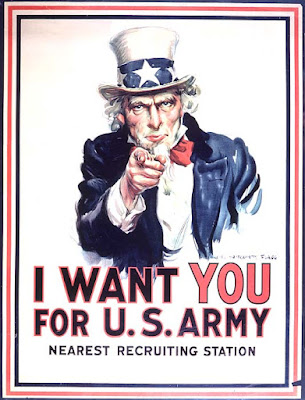
Abraham Lincoln was never one to be overly enamored of his generals. Once, when he heard that a general and several dozen horses had been captured in a raid, he said something to the effect of, "I can make more generals, but I can't make more horses." And he made a lot of generals, fired a lot of them too:
1. Irvin McDowell, fired after losing the 1st battle of Bull Run.
2. George B. McClellan, fired after retreating from the vicinity of Richmond in 1862.
3. John Pope, fired after being routed at the 2nd battle of Bull Run.
4. George B. McClellan, rehired, for the battle of Antietam, re-fired, after Antietam.
5. "Fighting Joe Hooker," wasn't that fighting after all, fired after Chancellorsville, 1863.
6. Franz Sigal, fired twice.
7. John C. Frémont, another two-fer.
8. William Rosecrans, fired after the battle of Chickamauga, where Lincoln said he acted like a "duck hit over the head."
I'm sure there were more, but that's a list of the most famous ones.





















































